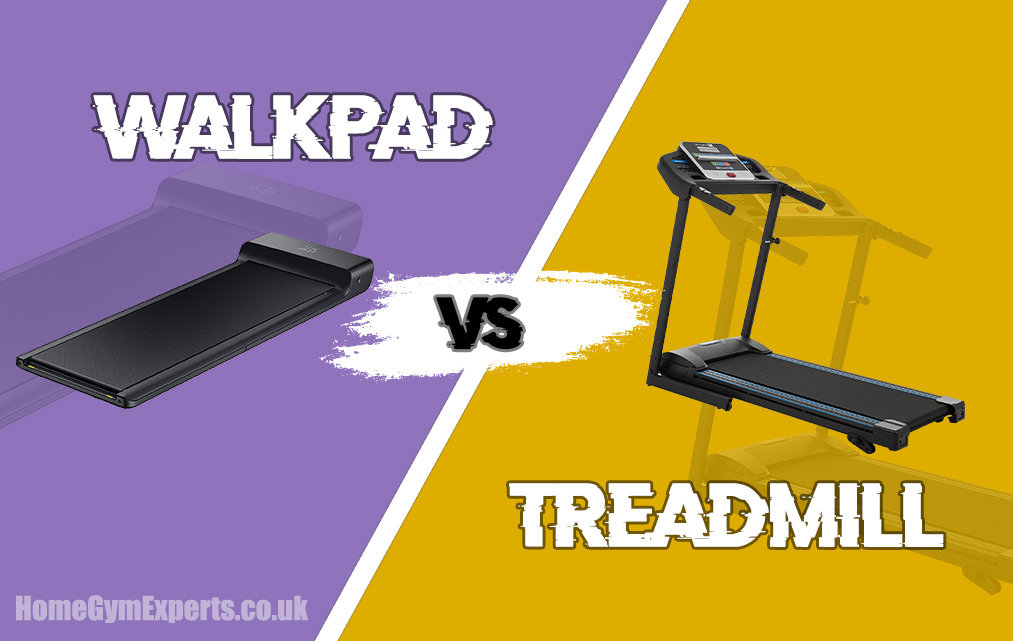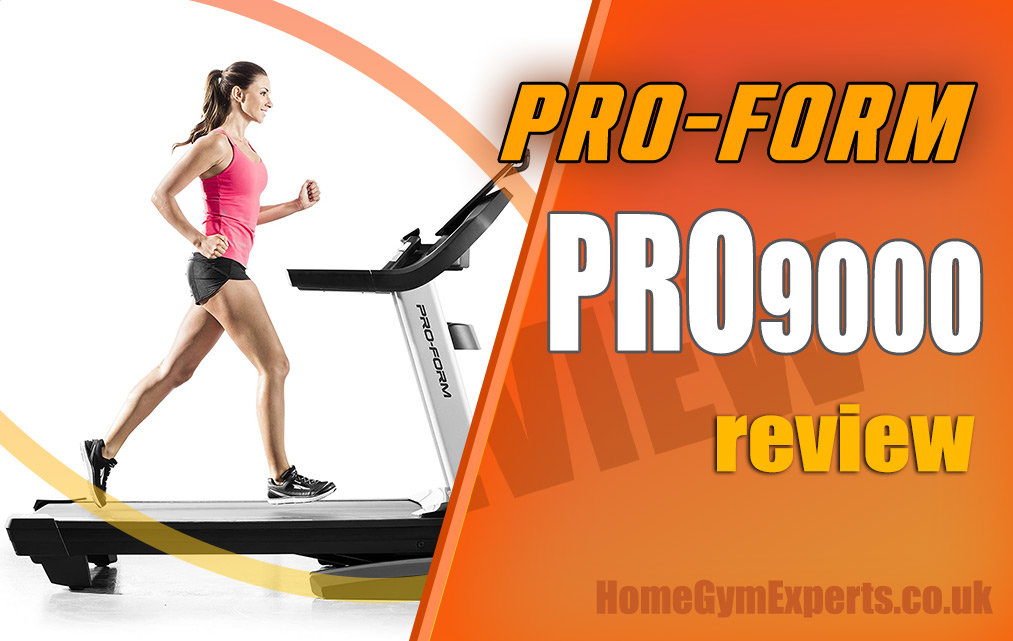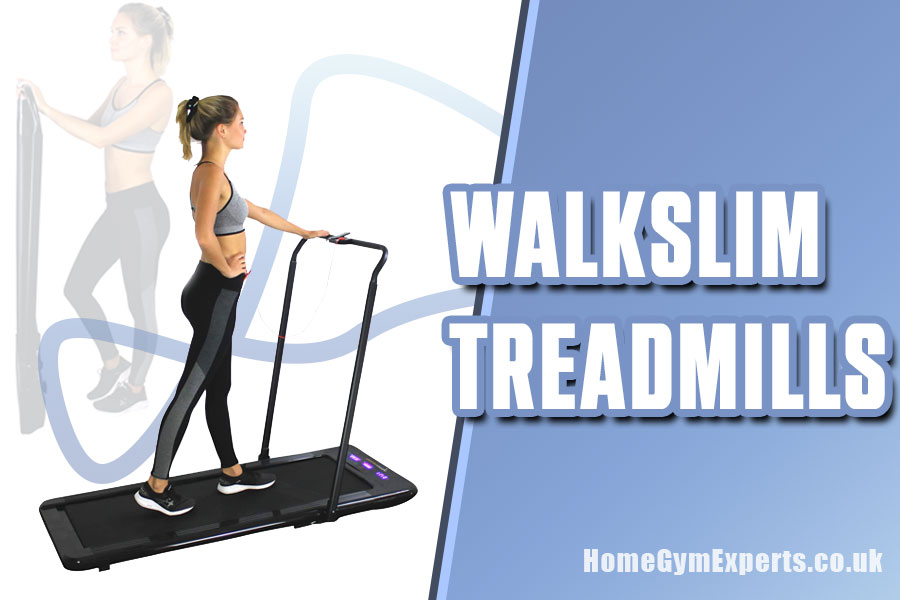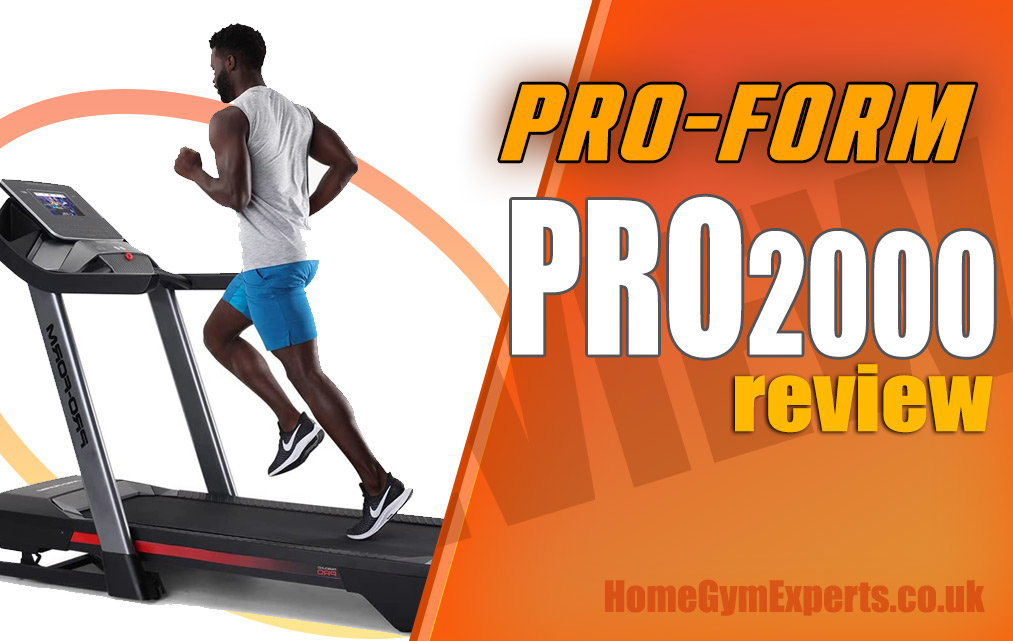You may have noticed that treadmills often come with an integrated heart rate monitor, whether it be a handgrip metal strip or a wireless wearable sensor.
In this post, we are going to consider the benefits of measuring your workout in this way and give you some tips on how to safely incorporate this data into your treadmill session.
What is your heart rate?
Simply put, your heart rate is the number of times that your heart beats per minute. With every beat, your heart pumps oxygen-rich blood around your body to support the function of other organs and bodily processes.
Like a muscle, the stronger your heart is, the more force behind every pump, thus a low resting heart rate indicates a healthy heart.
During cardio exercise, the demand for oxygen is higher. Your heart responds to this by beating more frequently. The stress that this creates is good for your heart because it trains it and helps it to become stronger, a bit like a strength training session for your most vital muscle!
However, your heart has its limits. Your maximum heart rate is your resting heart rate plus 130-150. To reap the benefits of a cardio workout, you want to aim for 70-80% of this – any higher is extremely dangerous and can risk sudden death.
Heart rate on a treadmill
Running on a treadmill provides an excellent cardio workout. Therefore, you might want to check in with your heart rate as you are running to see if you are hitting that sweet spot of 70-80% of your maximum heart rate.
Treadmills often have built heart rate monitors for this purpose. There are two types: handgrip metal strips or wireless wearable sensors.
The metal strips are typically located on the side rails and require you to hold onto them while the monitor takes a reading. This can be tricky enough while walking, but if you are jogging or full throttle running it is actually dangerous because it throws off your form.
Moreover, because you are jostling so much, the accuracy of a reading taken from your grip is impeded.
A wireless wearable sensor is the better of the two. Before starting the machine, you put the strap around your chest and this monitors your heart rate as you run. It is much easier to use and gives a more accurate reading.
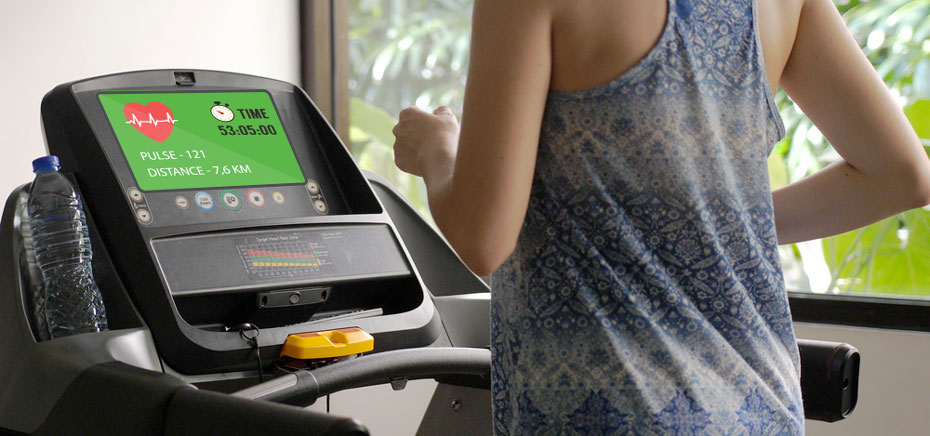
How treadmills use heart rate data
Treadmills with in-built heart rate monitors generally offer two options for how to use the data. The first use is a simple real-time display of your heart rate on the machine for you to observe and track your workout.
This can indicate whether you are in your maximum heart rate zone; however, because heart rate monitor readings become less accurate as your heart rate increases, this should only ever be taken as a guide. It is dangerous to allow this data to dictate your workout.
The second use is a treadmill feature known as ‘heart rate control’. Pre-workout, you enter some data to produce a target heart rate range.
The treadmill then starts and will automatically adjust the speed and incline of the workout based on the feedback it gets from the heart rate monitor. If heart rate monitors were 100% accurate, then this could be a good workout option; however, they are not.
At best, the treadmill will overestimate your heart rate and you will get a less beneficial workout than you thought you were getting. At worst, you could overtrain and become seriously ill.
Related Treadmill Guides
- Bluetooth Nero Pro Treadmill Review
- JTX Sprint 7 Review: Is This Treadmill Worth a Buy In 2025?
- Bluefin Fitness Kick 2.0 Review
Is there any good way to use heart rate data?
The best way to incorporate heart rate data into your treadmill workout is to not look at it until you get off the machine. Yes, really! It should already be clear why a heart rate monitor cannot tell you whether you have more to give or not. The true measure of workout intensity is how your body feels.
Tune into this while training and adjust your effort accordingly.
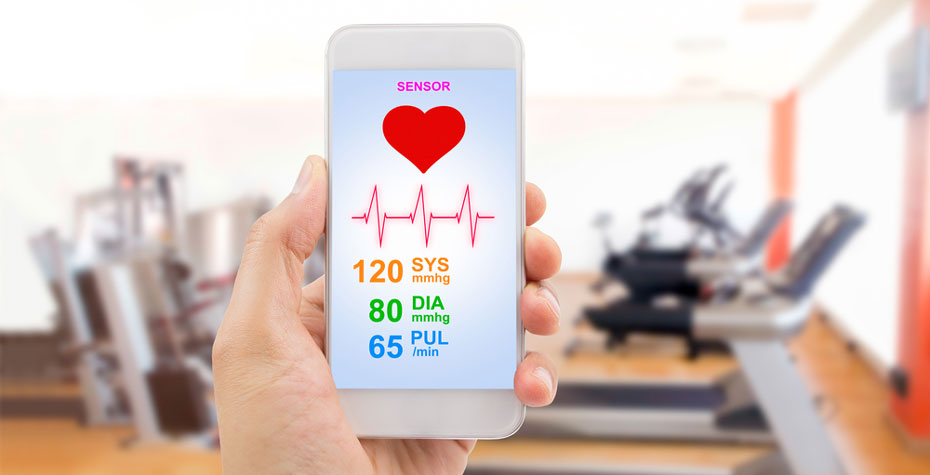
Rather than use the in-built heart rate monitor, an activity tracker can be a better option for heart rate tracking because it will send your data to your phone, where you can review it later.
You can use this to compare sessions and to gain some insight into your fitness progress. Another advantage of a tracker is that you must move your arm to check your heart rate, so you are less likely to become distracted by the numbers than you would be if they were on the treadmill dashboard.



